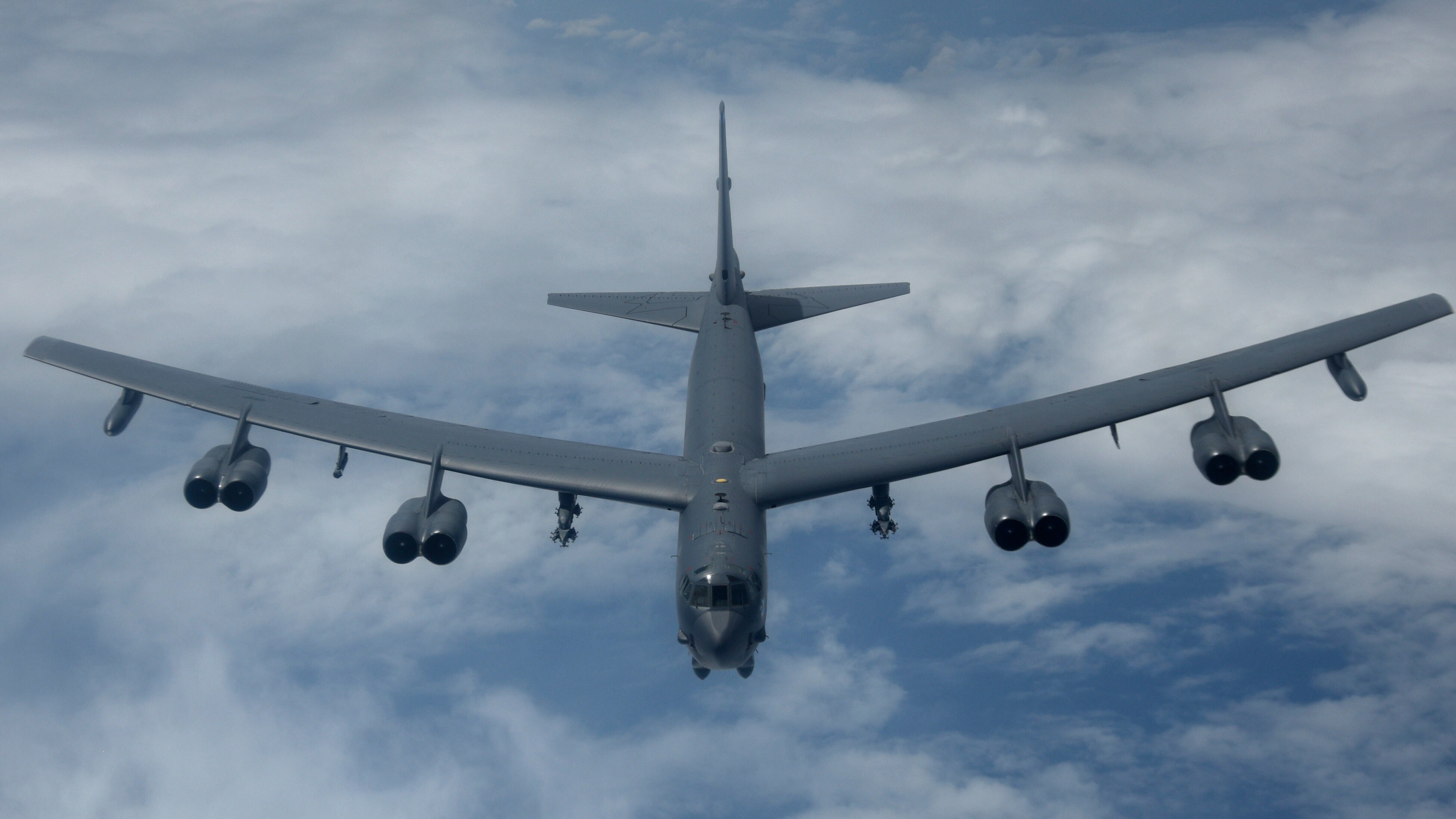
Congress wants the commander of Indo-Pacific Command to assess the needs of the military in the Pacific. (U.S. Air Force photo by Airman 1st Class Gerald R. Willis)
WASHINGTON: Congressional leaders are adding $2.1 billion over the Defense Department’s budget request for the Pentagon’s Pacific Deterrence Initiative (PDI) in its annual defense bill, with lawmakers hitting the Pentagon’s initial request as “improperly focused.”
The compromise fiscal 2022 National Defense Authorization Act, made public today, now includes a total of $7.1 billion for the PDI. A special Indo-Pacific focused fund created by last year’s NDAA, the PDI is targeted at improving the department’s posture in the region, both with direct investments in DoD capabilities and by strengthening partnerships to counter China.
Overall, the FY22 NDAA increases the Pentagon budget to $740 billion for fiscal 2022, far above the Pentagon’s budget request of $715 billion, as lawmakers continue to push for a budget that keeps pace with annual inflation.
The compromise bill, which is expected to receive a House vote Tuesday evening, contains few surprises given how many iterations of the NDAA have already been put forth. But the PDI increase, and the accompanying language, serves as a reminder that Congress is laser focused on the Pacific.
The Pentagon request, lawmakers wrote, was too focused on specific platforms, “as opposed to improving the joint posture and enabling capabilities necessary to enhance deterrence in the Indo-Pacific region.”
“We identified approximately $7.1 billion in investments that support and attempt to improve the current posture, capabilities, and activities of U.S. forces in the Indo-Pacific region, as reflected in the budgetary display, that more accurately reflect a baseline from which to measure progress against the objectives of the PDI,” lawmakers wrote in explanatory language published with the proposed bill.
The bill includes new initiatives to improve the posture of the US and its allies in the Indo-Pacific region, including funding for flight hours and steaming days — days when ships are at sea — in order to “sustain a baseline steady state presence.” The explanatory language adds that members of the House and Senate Armed Services Committees “intend” to add new capabilities and initiatives to improve posture in future years.
The NDAA directs the deputy secretary of defense to brief lawmakers on how the department budgeted for the Pacific Deterrence Initiative, including how combatant commanders and military services were involved in the budgeting process. Congress in recent years has been skeptical that Washington-based Pentagon officials understand the needs of the region; the PDI itself came as a result of Congress directly tasking the head of US Indo-Pacific Command to give them his wish list.
The committees also included a provision that requires the INDOPACOM commander to provide an assessment of forces, resources and other capabilities required to implement the National Defense Strategy. That assessment must look at the required US bomber fleet, as well as the associated tankers and infrastructure to support an “adequate” bomber force.
Lawmakers want that assessment to include a review of the military usefulness of several islands in the region, including US territories in the region, as well as the Diego Garcia in the British Indian Ocean Territory.
The PDI boost comes shortly after the Pentagon announced the completion of its classified Global Posture Review, which included no major strategic shifts, minus a few operational changes in the Indo-Pacific. The department plans to send new bomber and fighters squadrons to Australia, as well as investment in military construction projects in the Indo-Pacific. In the NDAA’s explanatory language, lawmakers emphasize the importance of PDI for security in the region.
“We reiterate our strong support for the Pacific Deterrence Initiative (PDI) as means to prioritize Department of Defense efforts in support of enhancing U.S. deterrence and defense posture, reassuring allies and partners, and increasing readiness and capability in the Indo-Pacific region,” members wrote.
Other provisions
While the Pacific Deterrence Initiative is primarily concerned with China, America’s other major geopolitical rival, Russia, is hardly forgotten in the NDAA.
The US counterpart program across the Atlantic, the European Deterrence Initiative, will get a boost of about $570 million over the budget request, bringing its total funding to around $4 billion.
The bill also includes a $300 million for the Ukraine Security Assistance Initiative, which provides military assistance to Ukraine. That boost, a $50 million increase over the FY22 budget requests, comes as Russia sends troops to the Ukrainian border, and US intelligence officials reportedly warn that Russia may invade as soon as next year.
Elsewhere Congress tackled concerns about civil-military relations in the NDAA by upping the amount of years generals and admirals must be out of the ranks before they can serve as secretary of defense or secretary of a service. Servicemembers who retire an O-7 or higher must wait a decade before they can be defense secretary, up from seven years. Military officers must be retired for seven years to be a secretary of a service, up from five.
That provision comes after Congress has twice passed waivers to allow recently retired generals to serve as secretary of defense in the last five years, for Jim Mattis and Lloyd Austin.
In the aftermath of the chaotic exit from Afghanistan, the NDAA establishes an Afghanistan War Commission to examine the nearly 20-year war.
“The commission will review key strategic, diplomatic, and operational decisions across the entirety of the U.S. government and develop a series of reports with recommendations and lessons learned regarding the U.S. involvement in Afghanistan,” reads the language.






















